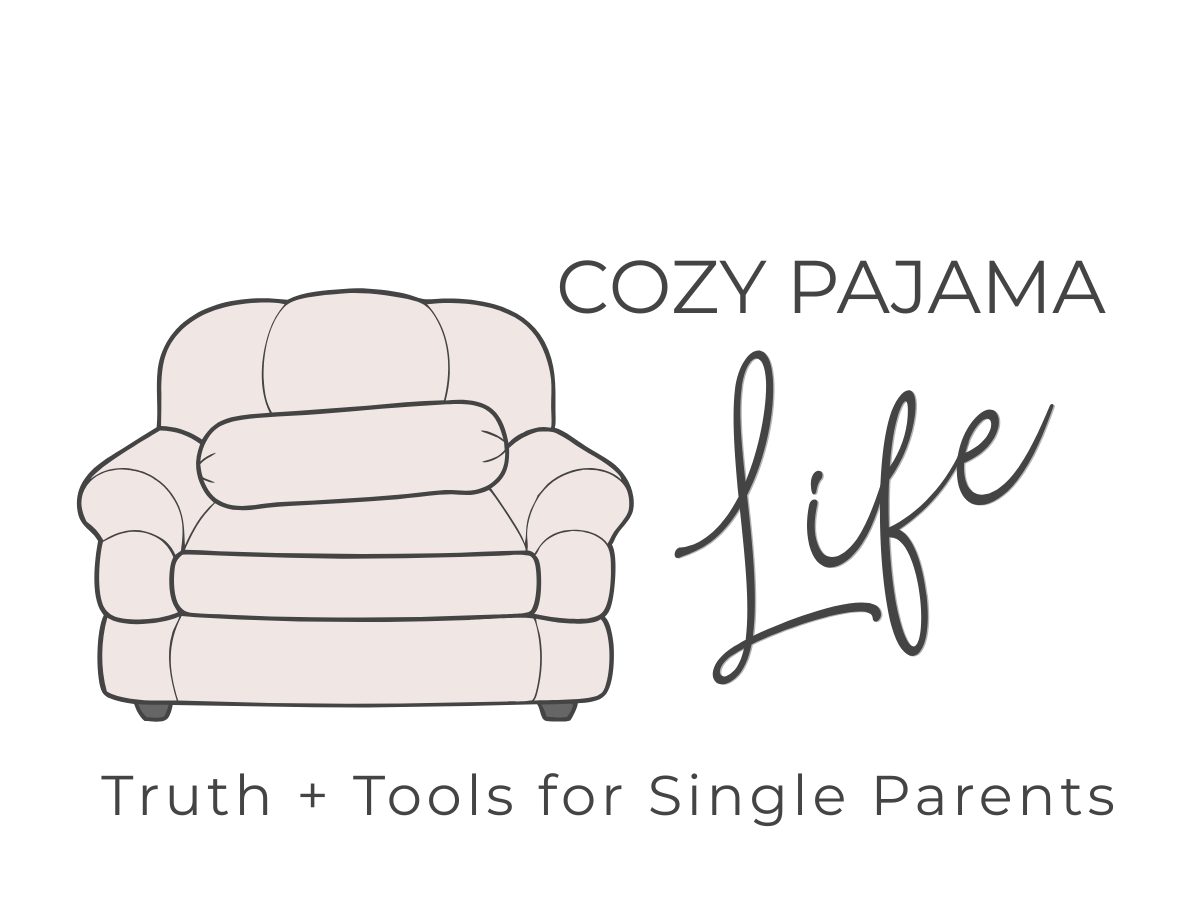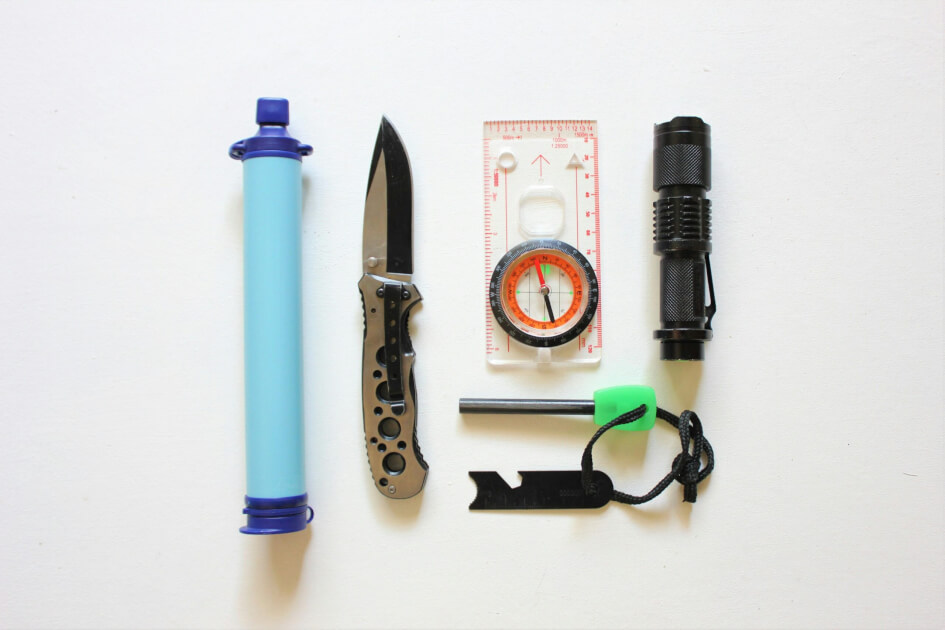72-Hour Emergency Kit: Everything Parents Need in a Bug-Out Bag
Disclosure: This post contains affiliate links, which means I may earn a small commission at no extra cost to you if you make a purchase through them.
If you’re anything like me, you’re feeling it.
The world is unpredictable.
One day, everything feels normal; the next, there’s a wildfire, a power outage, or some other emergency that reminds you how quickly things can change.
For a long time, I told myself I’d put together a bug-out bag “soon.”
I didn’t want to think about worst-case scenarios, and honestly, I didn’t know where to start.
But if the past few years have reinforced anything, it’s that being prepared isn’t about fear—it’s about having options when you need them.
So, I finally did it.
I put together a realistic, no-nonsense bug-out bag that works for parents—because planning for an emergency with kids is a whole different challenge.
This list is based on my personal bug-out bag, but I’ve also included suggestions for parents who need to prepare for emergencies with babies, toddlers, or older kids.
If you’ve been meaning to do the same, this checklist will help you get there.
Why You Need a Bug-Out Bag
A bug-out bag is a portable emergency kit with everything you need to stay safe, fed, and comfortable for at least 72 hours.
It’s not just for major disasters—it’s for power outages, evacuations, and unexpected situations where staying put isn’t an option.
Having one means you don’t have to scramble when things go wrong.
Parents have extra challenges—kids need more supplies, and they can’t always adapt as easily as adults.
This checklist is built with those realities in mind.
Water & Hydration
Water is non-negotiable, but carrying gallons of it isn’t realistic. Instead, focus on lightweight solutions that ensure you have access to clean drinking water.
- Hydration bladder or reusable water bottles
- Portable water filter (LifeStraw or Sawyer Mini)
- Water purification tablets as a backup
- Collapsible water bottles for extra storage
If you have an infant, pack extra water for formula preparation. Pets need water, too, so include a lightweight, collapsible pet bowl.
Food & Nutrition
Kids don’t handle hunger well, and emergency situations aren’t the time to test their tolerance for new foods.
Pack nutrient-dense, easy-to-eat options.
- Freeze-dried meals or MREs (long shelf life, easy to prepare)
- High-calorie energy bars (500+ calories per bar)
- Small portable stove with fuel for heating meals
- Lightweight cooking gear (spork, small pot, knife)
- Baby food, formula, and extra bottles if applicable
- Kid-friendly snacks like granola bars, fruit pouches, and crackers
- Extra utensils and small containers for portioning food
If you have a pet, portion out three days’ worth of food in a resealable container or vacuum-sealed bag.
Shelter & Warmth
If you have to leave home, you’ll need to stay dry and warm. Kids get cold quickly, and being uncomfortable can make an emergency much harder.
- Lightweight tent, tarp, or bivy sack
- Emergency Mylar blankets to retain body heat
- Sleeping bag rated for the coldest temperatures in your region
- Inflatable sleeping pad for insulation and comfort
A compact fleece blanket can provide warmth for kids or pets and double as a comfort item.
Clothing & Personal Gear
The right clothing can mean the difference between staying comfortable and being miserable. Choose moisture-wicking, weather-appropriate layers.
- Synthetic or wool base layers (avoid cotton)
- Waterproof outerwear and an insulation layer
- Extra socks and underwear (wool is best for warmth and moisture-wicking)
- Hat and gloves for cold weather or sun protection
- Sturdy, comfortable shoes
- Personal hygiene kit (toothbrush, toothpaste, soap, biodegradable wipes)
If you have a baby, include diapers, wipes, diaper rash cream, and a small changing pad. A leash, harness, and pet waste bags are must-haves for pets.
First Aid & Medications
Medical emergencies don’t wait for convenience. A well-stocked first aid kit is essential.
- Bandages, antiseptic wipes, and antibiotic ointment
- Pain relievers, allergy medication, and any prescription medications
- Insect repellent and sunscreen
- Tweezers and small scissors
If you have an infant, bring baby-specific medications like fever reducers and teething gel.
A small pet first aid kit should include gauze, antiseptic wipes, and a tick remover.
Survival Tools & Fire Starting
If you had to get by with just a few tools, these would be the ones.
- Multi-tool (Leatherman or Swiss Army Knife)
- Headlamp with extra batteries (hands-free lighting)
- Fire-starting kit (waterproof matches, lighter, ferro rod)
- Duct tape and paracord (useful for shelter building and repairs)
Navigation & Communication
If cell service and GPS go down, you’ll need reliable navigation and a way to stay informed.
- Paper map and compass
- NOAA emergency radio (hand-crank or solar-powered)
- Whistle for signaling
- Portable power bank to keep devices charged
For kids, include a laminated card with emergency contact numbers in case you get separated.
Security & Protection
Preparedness isn’t just about supplies—it’s also about personal safety.
- Pepper spray (if legal in your area)
- Personal alarm with a high-decibel siren
- Emergency whistle (louder than yelling, no batteries required)
For pets, a reflective vest or glow-in-the-dark collar can help with visibility in low-light conditions.
Important Documents & Emergency Cash
If digital systems fail, having hard copies of essential documents can make all the difference.
- Fireproof and waterproof folder with copies of ID, passport, and medical records
- Emergency contact list with family phone numbers
- Cash in small bills and coins
If you have kids, include copies of birth certificates and a recent family photo.
For pets, pack a copy of vaccination records and a recent picture in case they get lost.
Comfort & Mental Health
Emergencies are stressful. A few small items can go a long way in keeping spirits up.
- Notebook and pen for jotting down information or journaling
- Book, small game, or deck of cards for entertainment
- Earplugs and eye mask to make rest easier in noisy or unfamiliar environments
For children, a small toy, coloring book, or stuffed animal can provide comfort.
For pets, pack a favorite toy or chew to help them stay calm.
Taking Back Control
If I’ve learned anything, it’s that hoping for the best isn’t a strategy.
Putting together a bug-out bag isn’t about assuming the worst—it’s about being ready for whatever happens.
- Start with what you have. You don’t need to buy everything at once.
- Check your bag every six months. Rotate food, meds, and batteries.
- Know how to use your gear. A bag full of unused tools won’t help when it matters.
- If your child is old enough, give them a small backpack with their essentials.
I feel better knowing that if something happens, I won’t be caught off guard.
And if you’ve been feeling that low-grade panic too, this is one way to push back.


